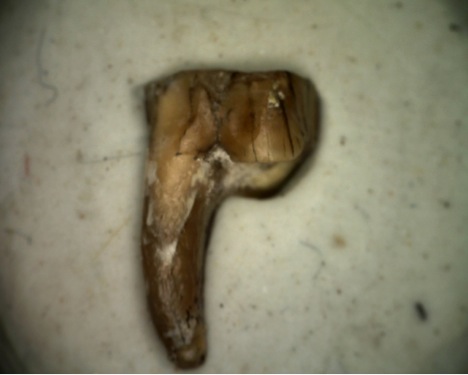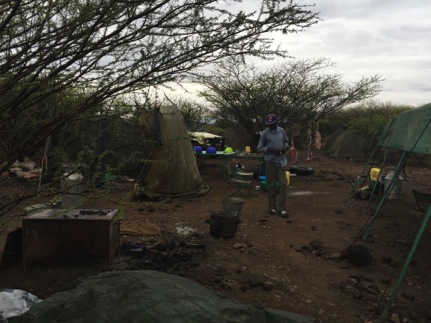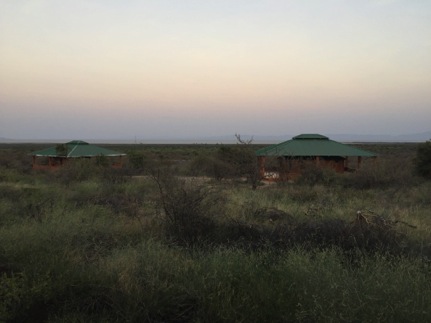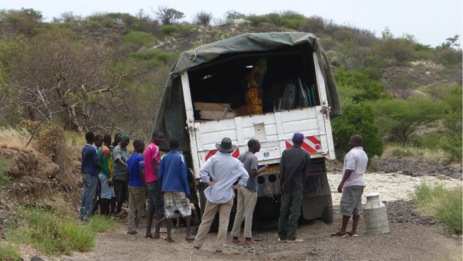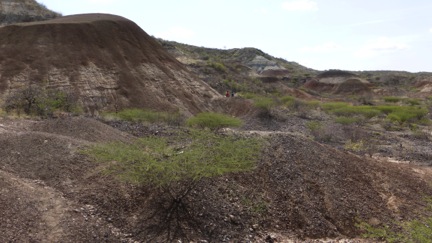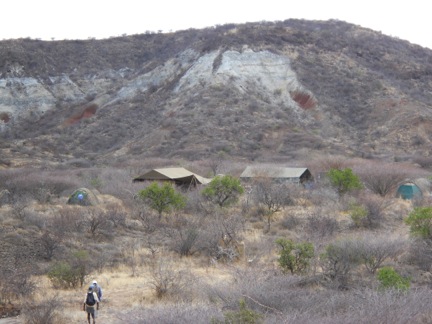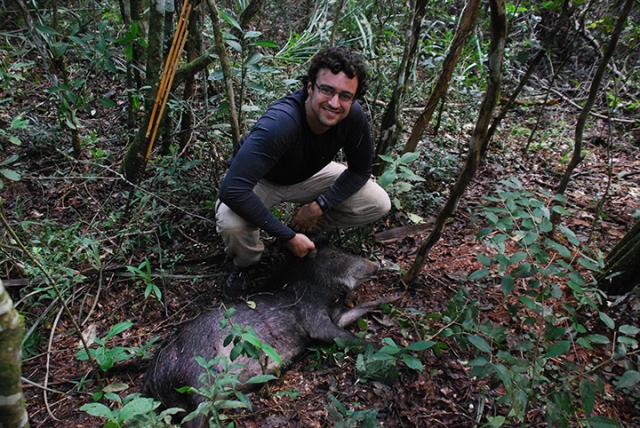Editor’s note: This posting by Neysa Grider-Potter represents another side of “field” research that does not necessarily take students out to exotic field sites but takes advantage of established U.S. university research sites where students can collaborate with other researchers and institutions.
My name is Neysa Grider-Potter, and I am a graduate student with the Institute of Human Origins. This summer I conducted my dissertation research at Duke University’s Lemur Center.

The Duke Lemur Center is home to the largest population of lemurs outside of Madagascar. It is truly a one-of-a-kind facility. The lemurs here are living in the lap of luxury with excellent care, spacious enclosures, and countless enrichment activities. During the warmer months, they are even free to range around the 85-acre sanctuary. This a fantastic environment for them but made enticing them inside for my research a little tricky.
Paleoanthropologists use what is called the comparative method to understand the fossil record. By relating the behaviors of living animals to the shapes of their bones, we can infer the behavior of extinct species based on the form preserved in the fossils. This is the underlying theory of my dissertation project. I am focusing on the locomotor or movement behavior of lemurs to understand how the neck functions. Lemurs are the ideal group to investigate the locomotor function of the neck because they practice a wide variety of locomotor modes from vertical clinging and leaping to arboreal quadrupedalism (climbing around in trees on all fours). Plus, they’re all super cute.
In order to relate neck motion to neck bone shape, I need to understand how the bones are moving during locomotion. The easiest way to do this is to draw markers on their skin where you can feel the underlying bones. So the first stop for each of my subjects is the barber’s chair for a little haircut. Once they’ve gotten shaved, I can paint on my markers with non-toxic paint. Though it may look a little goofy, this haircut is currently in vogue at the Lemur Center.

Once they’re shaved and marked, it’s lights, camera, action. I get to film the lemurs walking, jumping, and climbing. With the help of their favorite treats (grapes), most are more than happy to be in front of the camera. Of course, every lemur has its own personality. Some can’t wait to get started while others have a more diva-like approach. It is really quite fun working with them and getting to know each one’s quirks.
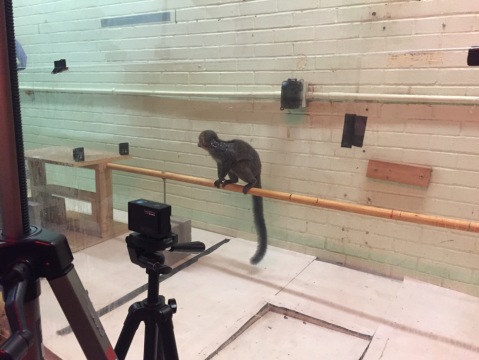
Once I’ve finished filming, then comes the analysis stage. I’m assisted by professors Angel Zeininger and Dan Schmitt of Duke University. With the benefit of their expertise and equipment, my experiments have gone smoothly so far. I’m very grateful for the opportunity to work with the fantastic staff, faculty, and lemurs here.


